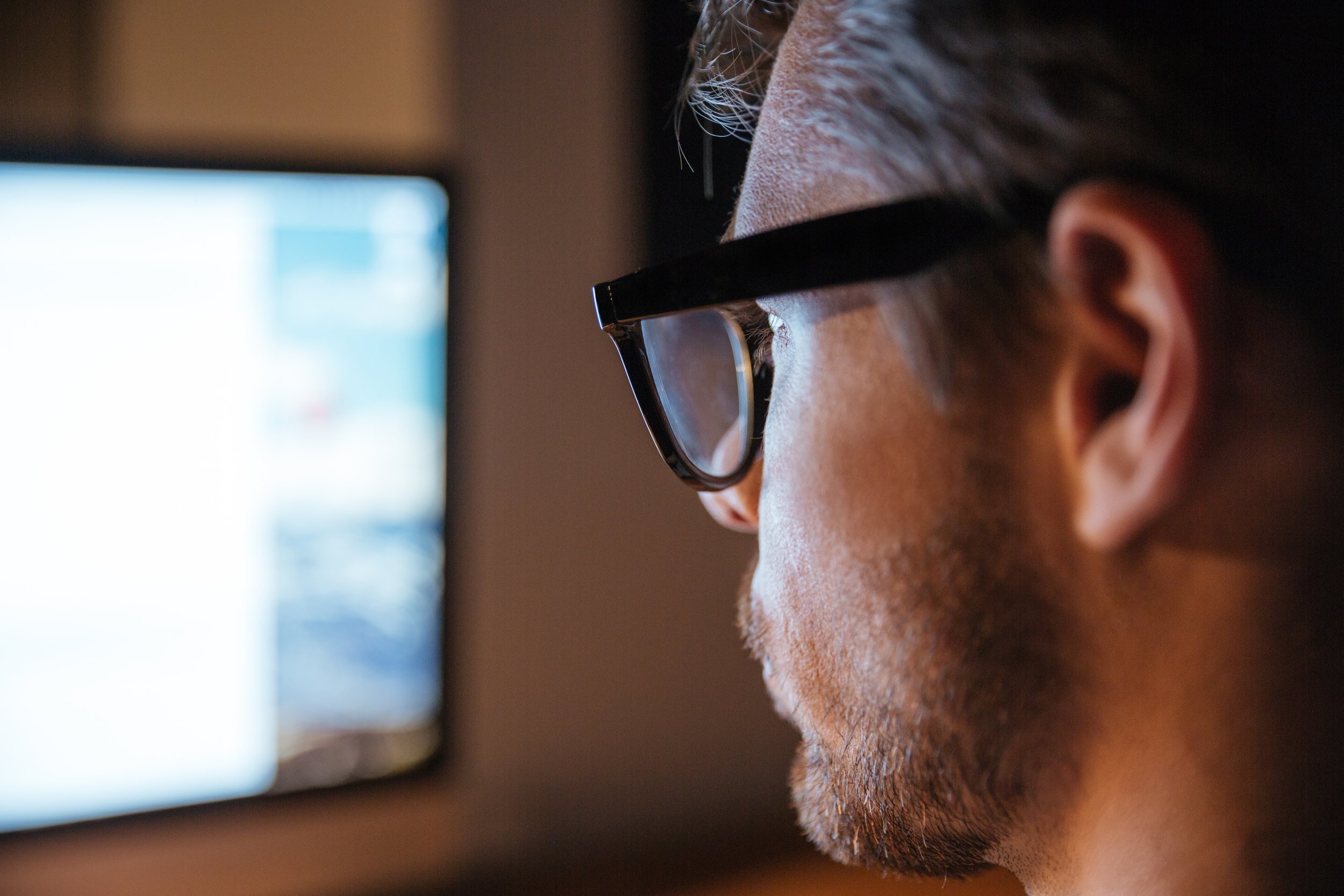Enlightening the Psyche: The Multifaceted Dance Among Light and Emotional Well-being
In the perplexing embroidery of emotional well-being, one frequently overlooked string is the significant effect of light. As we explore the intricacies of present-day life, the meaning of our openness to light, both normal and fake, is progressively earning respect. This blog investigates the nuanced connection between light and mental prosperity, revealing insight into the extraordinary impacts that brightening can have on our psyches.
Daylight and Serotonin
Regular light, especially daylight, fills in as a powerful impetus for mental prosperity. Openness to daylight animates the creation of serotonin, a synapse known for its part in managing mindset. This flood in serotonin is the reason investing energy outside, particularly on bright days, frequently leaves us feeling more joyful and more satisfied.
Circadian Cadence Regulation
Light assumes an essential part in directing our circadian cadence, the inward clock that oversees our rest wake cycle. Openness to regular light during the day synchronizes this beat, advancing better rest around evening time. Interruptions to circadian musicality, frequently made by lacking open light, can add to rest problems and temperament aggravations.
Combatting Occasional Full of Feeling Issue (SAD)
Occasional Emotional Problem (Miserable) is a sort of gloom that ordinarily happens throughout the fall and cold weather months when daylight openness is decreased. The absence of daylight can disturb the body's inward clock and lead to side effects like weakness, changes in hunger, and low energy levels. Light treatment, including openness to splendid fake light that imitates daylight, has shown to be a successful treatment for Miserable.
Fake Light and State of Mind Regulation
While regular light is pivotal, counterfeit light likewise assumes a critical part in psychological wellness. Sufficiently bright conditions can upgrade mindset and efficiency, while faint or lacking lighting can add to sensations of laziness and pity. Picking the right lighting in indoor spaces is fundamental for making a positive and elevating air.
Fake Light and State of Mind Regulation
While regular light is pivotal, counterfeit light likewise assumes a critical part in psychological wellness. Sufficiently bright conditions can upgrade mindset and efficiency, while faint or lacking lighting can add to sensations of laziness and pity. Picking the right lighting in indoor spaces is fundamental for making a positive and elevating air.
Blue Light and Rest Quality
The predominance of screens in our regular routines opens us to expanded measures of blue light, particularly in night. While blue light is useful during the day for sharpness, exorbitant openness at night can slow down the creation of melatonin, a chemical that manages rest. Laying out an equilibrium in screen time, especially before sleep time, is urgent for protecting rest quality and in general psychological wellness.
Light as a Restorative Intervention
Light treatment, or phototherapy, is progressively perceived as a restorative mediation for different emotional well-being conditions. Past Miserable, it has shown guarantee in treating non-occasional despondency, bipolar confusion, and rest issues. Controlled openness to explicit frequencies of light can emphatically affect the state of mind and reduce side effects related to these circumstances.
Conclusion
In the consistently developing scene of emotional well-being getting it, the job of light arises as a pivotal and dynamic variable. From the sun's invigorating beams to the painstakingly adjusted shine of counterfeit lighting, brightening turns into a strong partner in keeping up with and improving mental prosperity. As we dive further into this many-sided dance between light and the brain, obviously outfitting the beneficial outcomes of light can enlighten a way toward a better and more adjusted mental state.




